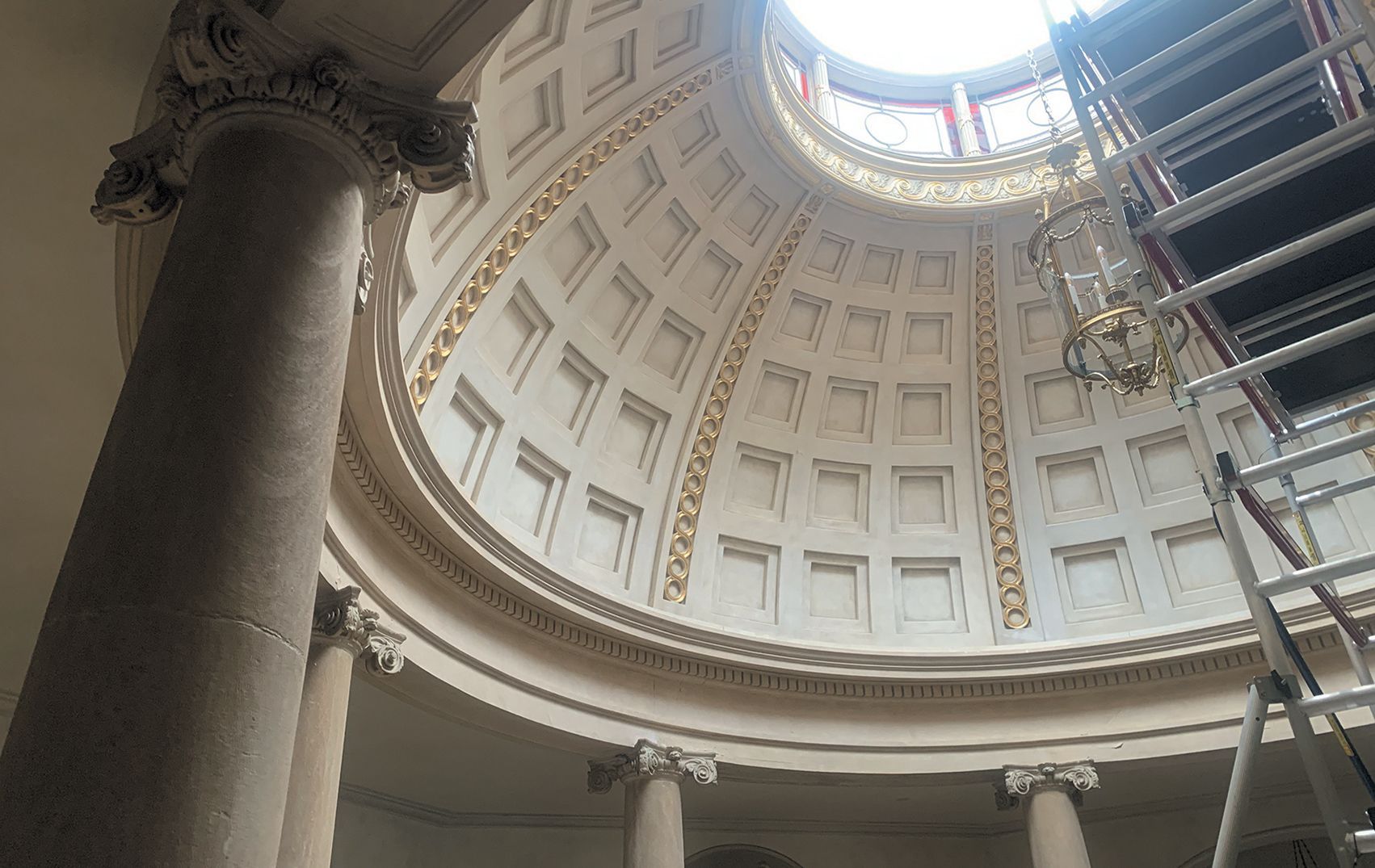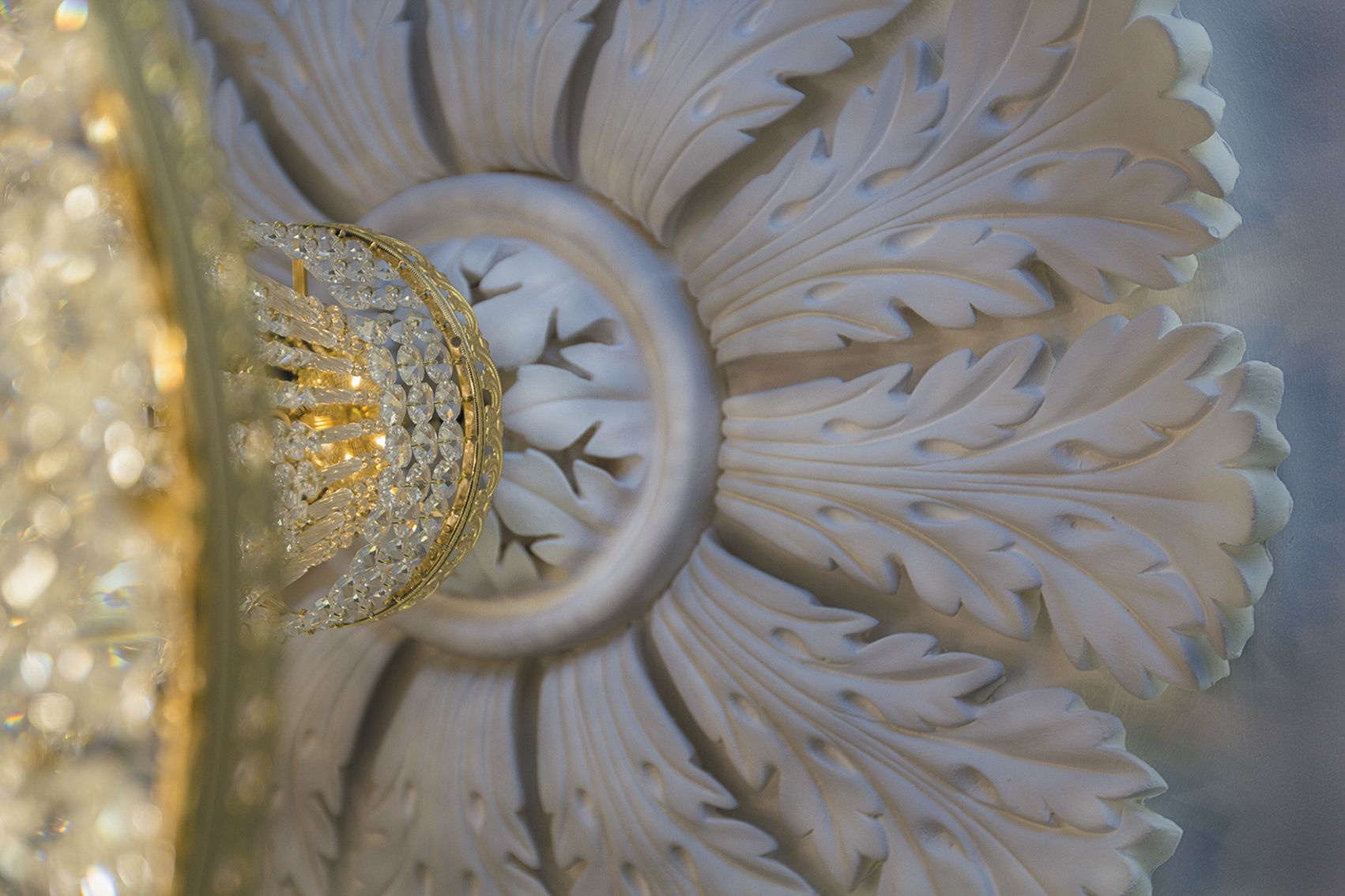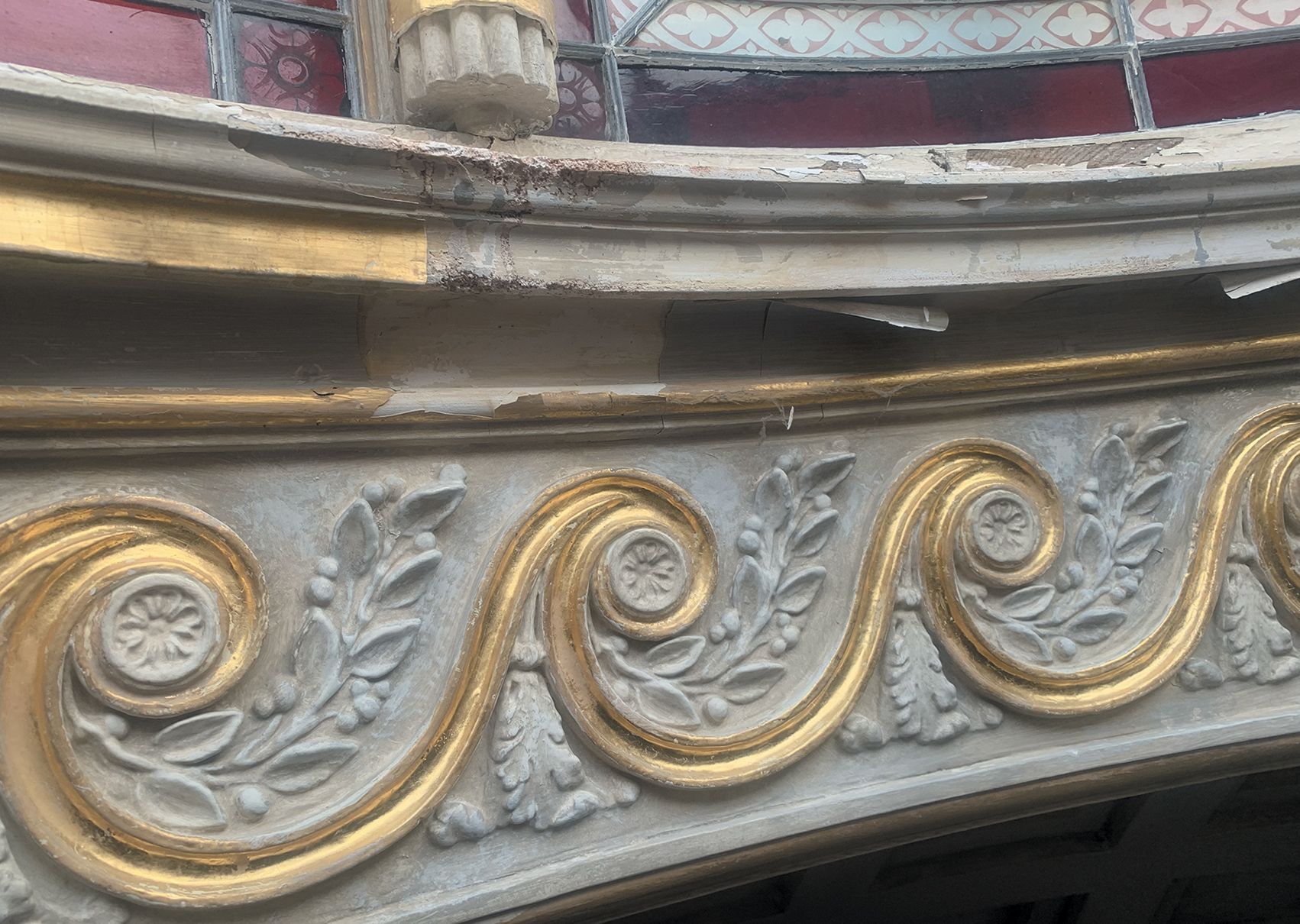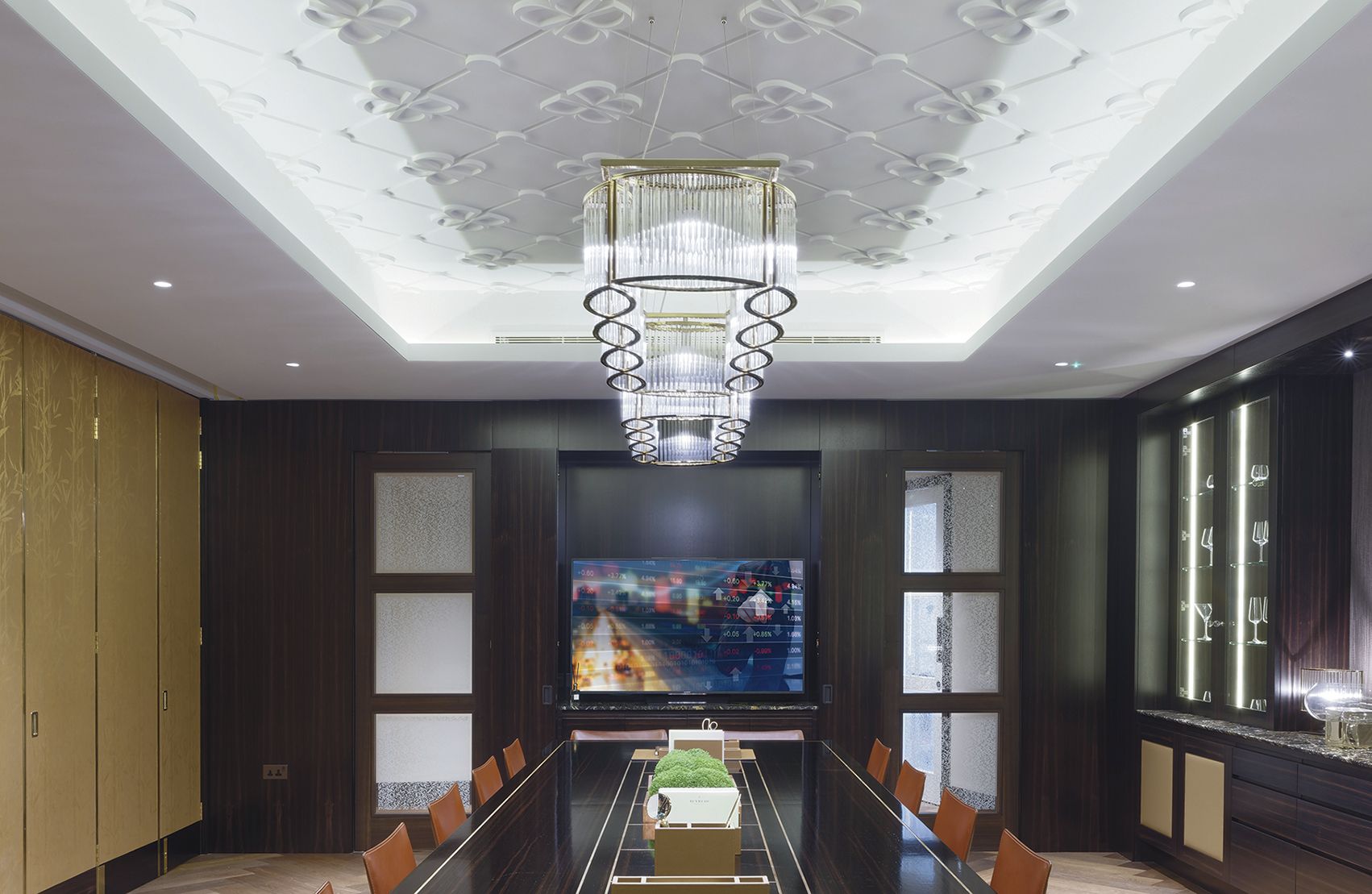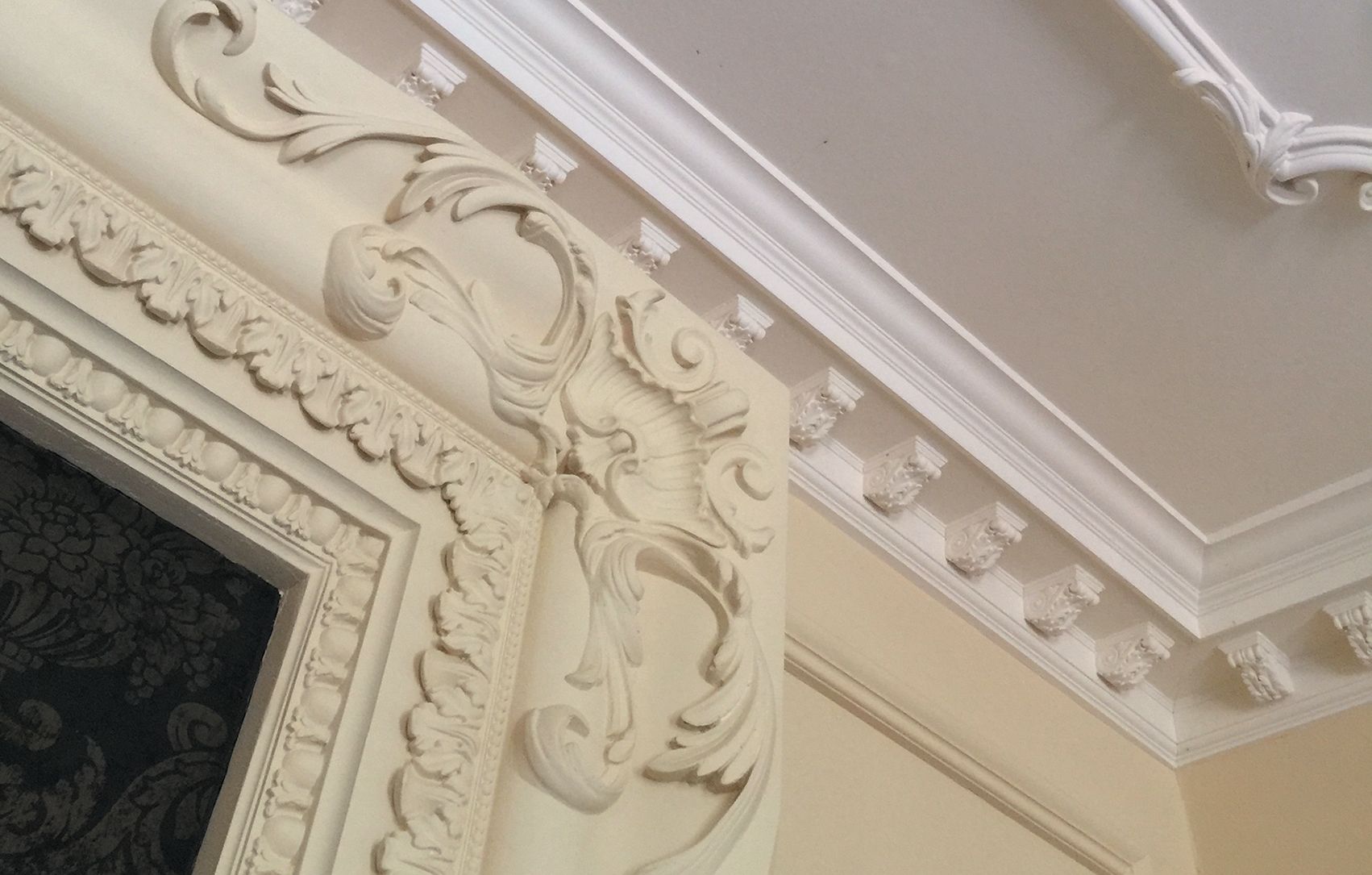The Hidden Challenges of Restoring
Historic Plasterwork
By Ian Waller
Restoring decorative plasterwork is rarely as simple as reproducing what’s visible. Behind every cornice, ceiling rose or wall panel lies a unique history — of materials, methods and the many interventions over time. Understanding these hidden complexities is key to any successful conservation project.
In my experience, one of the greatest challenges is identifying what’s original, what’s been altered, and what’s been poorly repaired over the years. Decorative elements might look symmetrical to the eye but be far from it in structure — especially in buildings that have settled or been remodelled.
Condition surveys are essential. Before a project even begins, I assess the plasterwork in detail: Is it lime or gypsum? Is it fibrous or in-situ? What’s the condition of the substrate? Are there signs of movement, moisture or prior patching? These aren’t surface-level questions — they shape every decision that follows.
Matching original detail is another challenge. Mouldings are often missing or incomplete, and recreating them requires not just technical skill but stylistic sensitivity. In listed settings, even a small misjudgement in profile, scale or finish can jar with the rest of the room. Samples and mock-ups play a crucial role here — and so does dialogue with conservation officers.
Then there are the practical realities: access, timelines, budget, and sometimes the limitations of modern materials. Striking the right balance between historical accuracy and structural viability is where real experience matters.
Restoration work is not about pastiche — it’s about integrity. It means taking the time to understand the building, the materials, and the client’s priorities — and then crafting a solution that honours all three.
